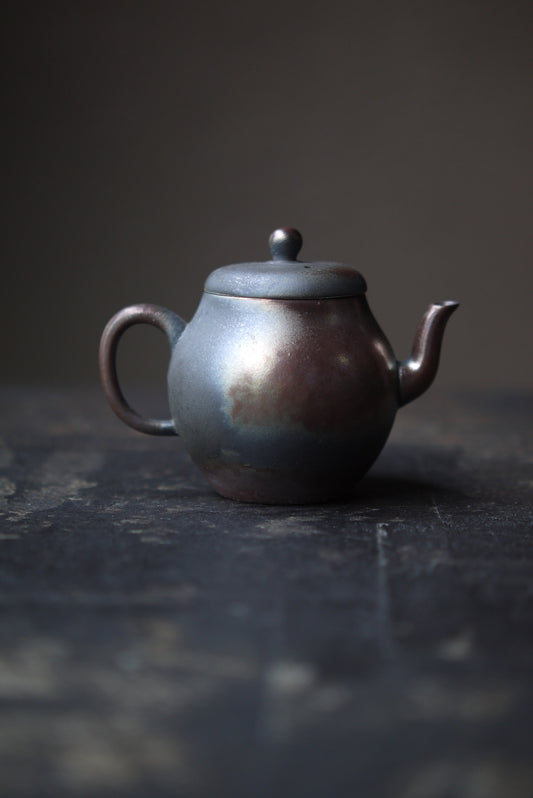
About Tea And Cha: Why is Tea Called tea?
YuanKevinShare
The relationship between the English word "tea" and the Minnan (Hokkien) word "茶" (pronounced "te" or "cha" in Mandarin) is deeply rooted in the history of tea trade and cultural exchanges between China and the rest of the world.
Tea, as a beverage, originated in China more than 4,500 years ago, and its name reflects the regions from which it was exported. The word "tea" in English and many other European languages actually stems from the Minnan dialect, spoken in the Fujian province of China. The Minnan people were among the first to trade tea internationally during the Song and Ming dynasties. The port of Quanzhou in Fujian was a significant hub in the Maritime Silk Road, from which tea was exported to different parts of the world.
During the 16th and 17th centuries, European traders, particularly the Dutch, were active in Southeast Asia and established strong trade links with Fujian. As a result, they adopted the Minnan pronunciation "te" to describe the beverage. This term spread throughout Europe and became the basis for the word "tea" in English, "thé" in French, "Tee" in German, and similar variations in other languages. The Dutch played a crucial role in popularizing this term across Europe due to their dominance in global trade routes at the time.
On the other hand, the Portuguese, who were among the earliest European traders to encounter tea, adopted the Cantonese pronunciation "cha" because their trade was primarily conducted through Macao and Guangzhou, regions where Cantonese was spoken. This is why in Portuguese and some other languages like Russian and Arabic, the word for tea resembles "chai" or "cha."
Interestingly, Minnan culture, particularly in Southern Fujian, has a long-standing tradition of tea cultivation and consumption, with oolong tea being one of the most famous varieties produced in the region. The Minnan people have not only cherished tea as part of their daily life but have also spread their tea culture globally, contributing to the international lexicon and customs surrounding tea.
In conclusion, the Minnan dialect's influence on the global naming of tea highlights the significant role that this region played in the early trade networks that connected East Asia with the rest of the world. This cultural exchange is a testament to the deep historical connections that shaped how we experience and refer to tea today.
Tea, as a beverage, originated in China more than 4,500 years ago, and its name reflects the regions from which it was exported. The word "tea" in English and many other European languages actually stems from the Minnan dialect, spoken in the Fujian province of China. The Minnan people were among the first to trade tea internationally during the Song and Ming dynasties. The port of Quanzhou in Fujian was a significant hub in the Maritime Silk Road, from which tea was exported to different parts of the world.
During the 16th and 17th centuries, European traders, particularly the Dutch, were active in Southeast Asia and established strong trade links with Fujian. As a result, they adopted the Minnan pronunciation "te" to describe the beverage. This term spread throughout Europe and became the basis for the word "tea" in English, "thé" in French, "Tee" in German, and similar variations in other languages. The Dutch played a crucial role in popularizing this term across Europe due to their dominance in global trade routes at the time.
On the other hand, the Portuguese, who were among the earliest European traders to encounter tea, adopted the Cantonese pronunciation "cha" because their trade was primarily conducted through Macao and Guangzhou, regions where Cantonese was spoken. This is why in Portuguese and some other languages like Russian and Arabic, the word for tea resembles "chai" or "cha."
Interestingly, Minnan culture, particularly in Southern Fujian, has a long-standing tradition of tea cultivation and consumption, with oolong tea being one of the most famous varieties produced in the region. The Minnan people have not only cherished tea as part of their daily life but have also spread their tea culture globally, contributing to the international lexicon and customs surrounding tea.
In conclusion, the Minnan dialect's influence on the global naming of tea highlights the significant role that this region played in the early trade networks that connected East Asia with the rest of the world. This cultural exchange is a testament to the deep historical connections that shaped how we experience and refer to tea today.








